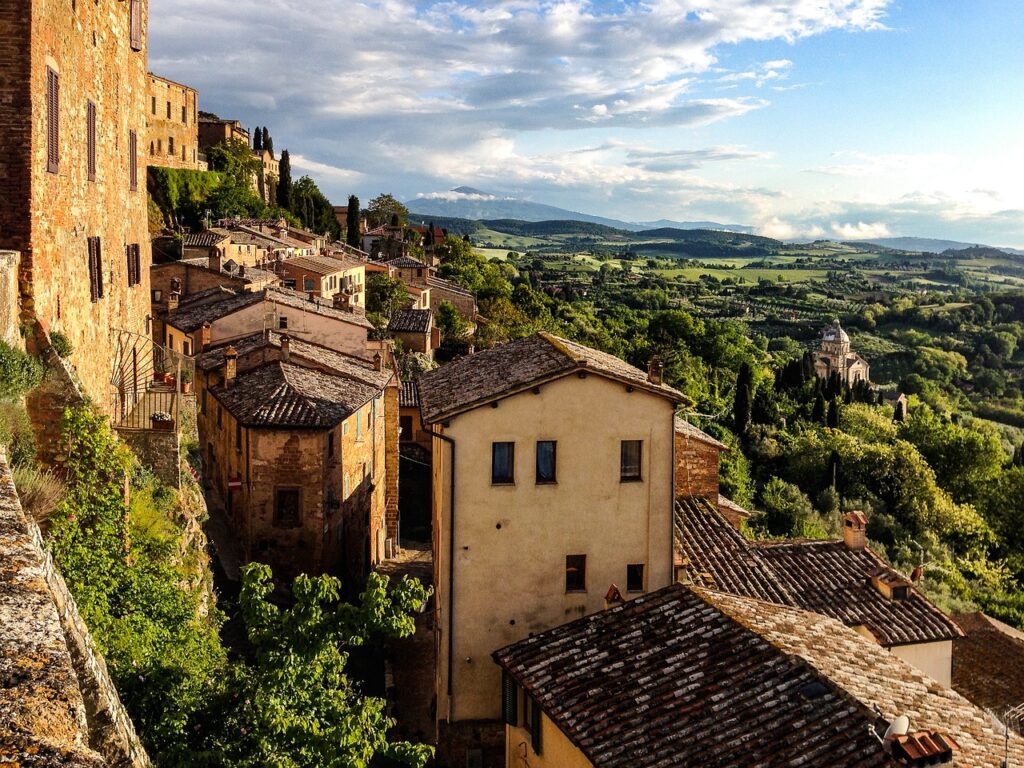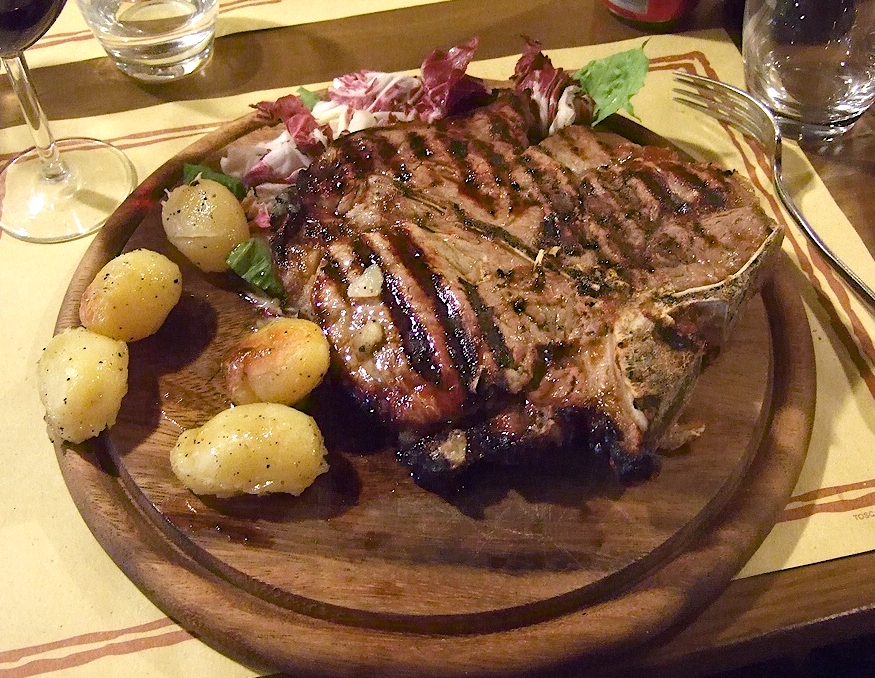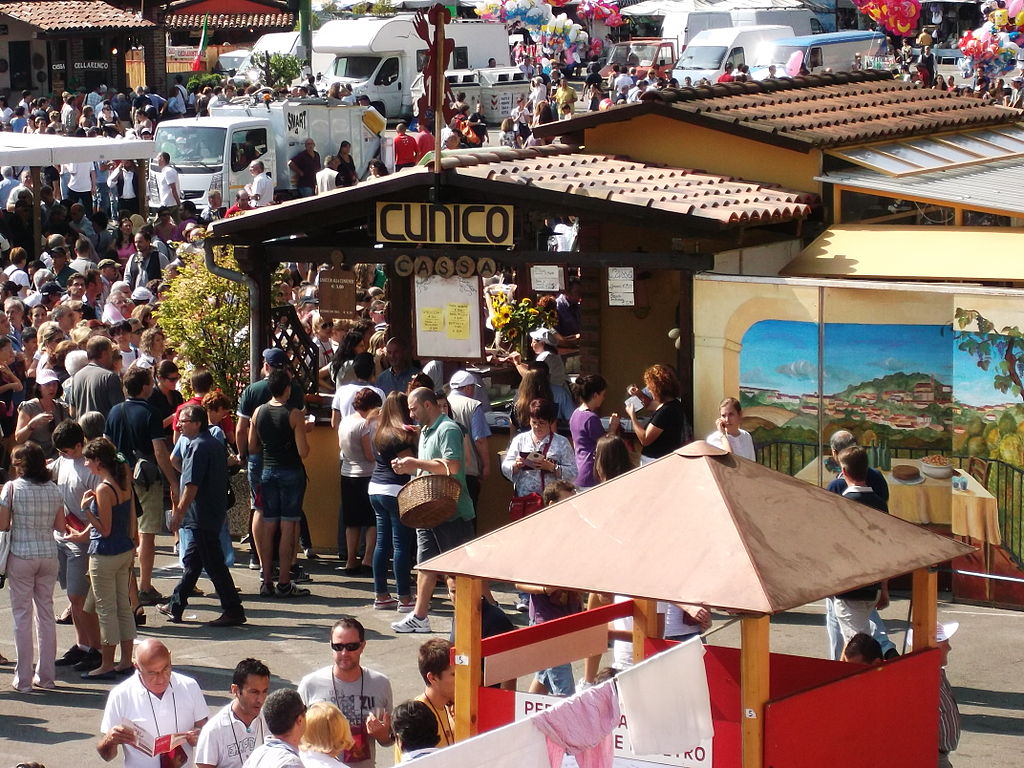I spent one year of my life in Florence, Tuscany’s main and most famous city. Even though my overall experience of that year was rather ambiguous, there was one thing which had absolutely no chance to complain about — local cuisine.
Take it or leave it, but once used to its freshness and versatility, you will never be totally satisfied anywhere else.

Getting off the tourist track
Tuscany, perhaps together with Veneto, are the two most visited Italian regions. While summer remains the most crowded part of the year, the tourist flow never really stops all year round. So the locals, when planning to eat out, in any season, are used to looking for the least advertised and truly hidden places to escape the wildly enthusiastic crowds of Renaissance art lovers and appraisers of Tuscany’s rolling hills.
As a good expat who quickly learns to appreciate the wisdom of local habits, so did I. At risk of preempting myself, let me say that the less-trodden corners of the region that I visited throughout the year never ceased to astonish my palate.
Tuscan food is way more diverse than one might think and — surprise! — it’s not all about meat. A lot of people who come to Florence and follow the usual tourist track, which normally implies eating out in the most sought-after places several days in a row, repeat the same words: “It is so meaty, really, that all I am craving now is a simple salad!”
And it really upsets me as the Tuscan cuisine, based on what Italians call cucina povera or peasant cooking, is all about a no-waste approach to seasonal vegetables and other humble ingredients cooked in inventive ways.
However, it’s not the tourists who are to be blamed for their poor choices.

Bistecca fiorentina, the famous succulent steak, and other meat mains are at the center of any menu and steal all the attention. Indeed, they are all worth trying, but once you do, I encourage you to explore other options.
Sagra saga
The thing is, real Tuscan cooking is something that takes place at home, in the realm of the family, and rarely makes it to the restaurants starring on Tripadvisor. However, there is a great way to check it out!
The best way to dive into the real Tuscan food culture is to visit a sagra, a local food festival, usually organized by volunteers who cook regional specialties of the season following the way they were cooked by previous generations. It is often dedicated to dishes that take very long to cook and are therefore disappearing from the quotidian tables of the locals.

Sagras happen in big cities and small villages alike and are usually dedicated to one main product that is being cooked in different ways and accompanied by delicious sides and wine. For Tuscan people, sagra stands for a proper feast which means that it will be very lively and very loud. There will be music, laughter, and maybe even some dancing toward the very end.
And, most importantly, there will usually be very few tourists.
The ambiance will be simple and down-to-earth: plastic plates and glasses, paper tablecloths, house wine, rustic bread. In the summer months, sagras take place outside and offer both lunch and dinner, while from October to April you should expect an indoor-seating and lunch only.
When planning your next trip to Tuscany, have a look at the website to find an event close to the area you want to visit. If already traveling, pay attention to advertising posters that are usually easy to spot: they always say “sagra”, give precise date and location, and have a remarkably bad design.
Here’s what’s cookin’
The most intriguing summer options include, for example, a sagra of polenta and porcini mushrooms near Lucca, a sagra dedicated to pigeon meat in Cortona, a feast of yellow crab and cacciucco, fish stew, in Maremma. In autumn, it’s the time for truffles, mushrooms, chestnuts, ganger and veal.
Fresh-pressed olive oil, frittelle (doughnuts), wild boar come in the winter, while the spring is for artichoke, lampredotto (famous Florentine made from the fourth and final stomach of cattle), vegetable soup rebollita, and even strawberries with whipped cream. (Yes, it deserves a sagra on its own).
Believe me, nothing will make you understand what Tuscan culture is all about more than a combination of high art you see in museums and a bustling evening out at one of the sagra’s with its simple and hearty food as well as the convivial atmosphere.
––––––––––
Read more about Tuscany and Italy in Dispatches’ archives.
Nina Danilova is an art writer and contemporary art curator. She is about to finish her PhD
in Culture Studies. She grew up in Russia and lived in Germany, Estonia, Italy and
Portugal, where she is currently based. She is passionate about history, languages, food,
and dancing.















